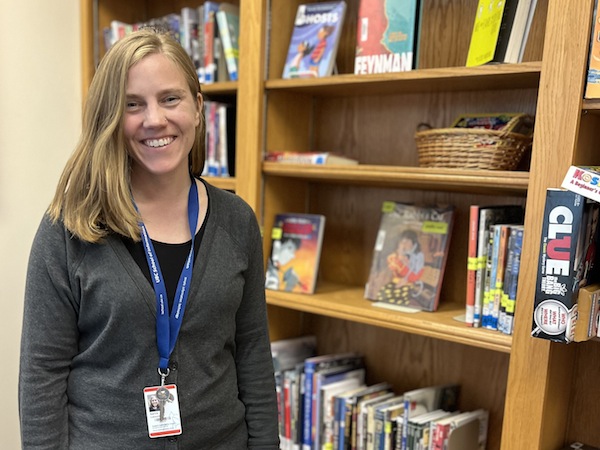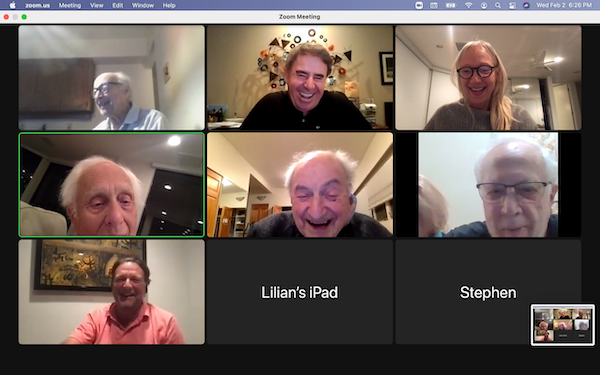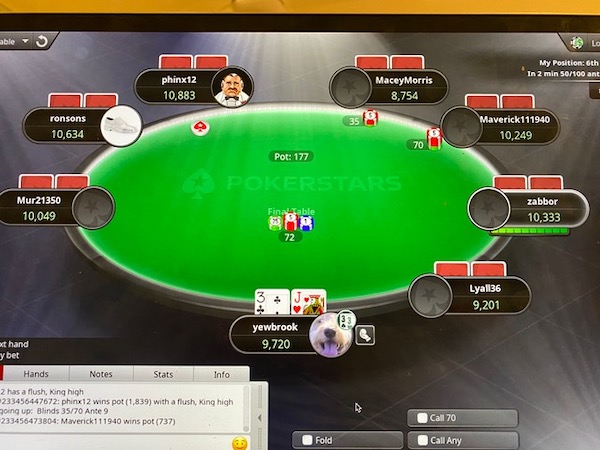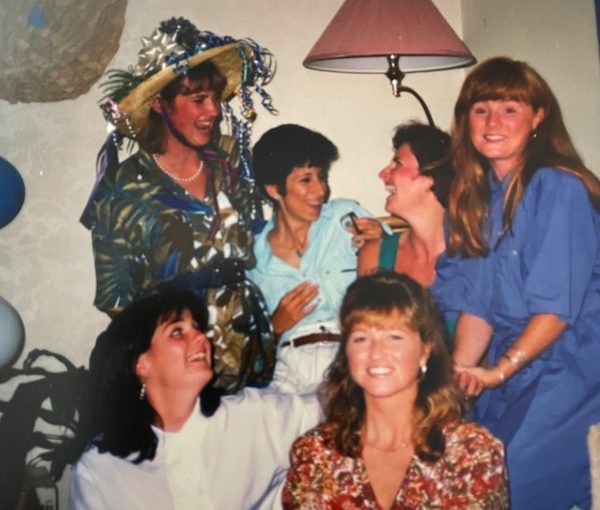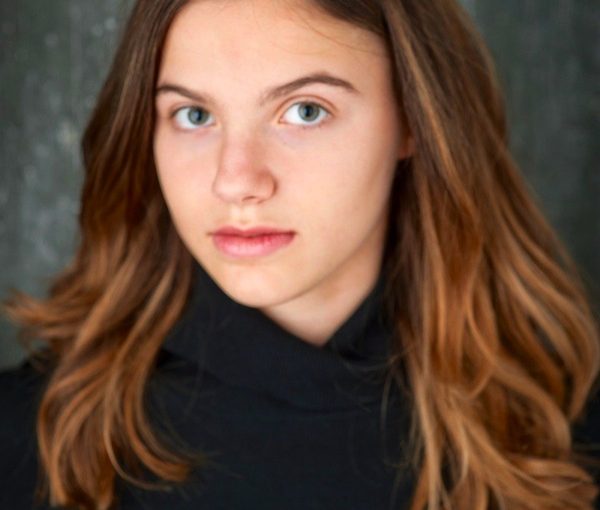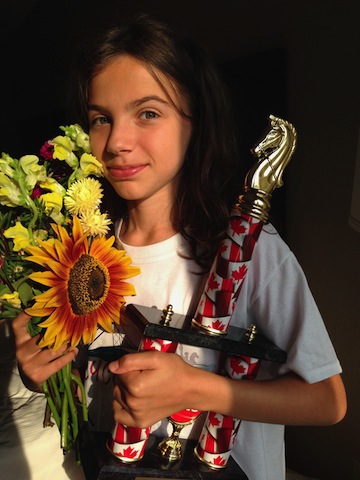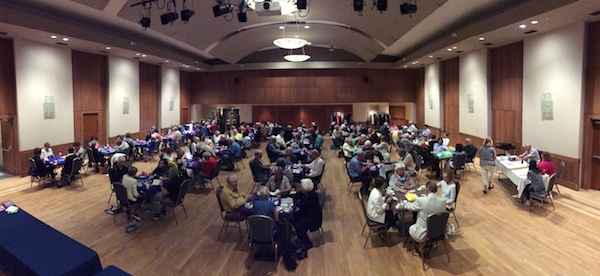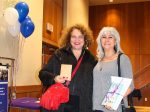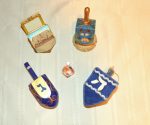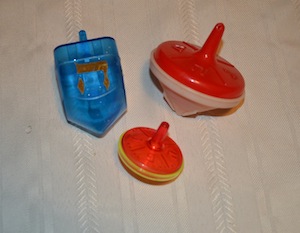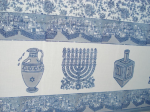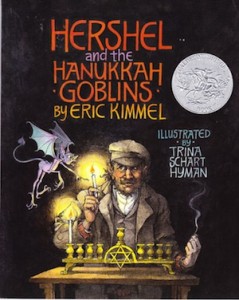Maiya Letourneau has been head librarian of the Isaac Waldman Jewish Public Library since last November. (photo from Maiya Letourneau)
Maiya Letourneau, head librarian of the Isaac Waldman Jewish Public Library in the Jewish Community Centre of Greater Vancouver, has always wanted to work with books. “I grew up in Winnipeg,” she said. “My mom worked in a bookstore, and I always liked books.”
Letourneau received a bachelor’s degree in education before completing the two-year library program at the University of British Columbia last summer. Since November 2021, she has been head librarian at the Waldman.
“When I learned about the job at the JCC library, I was excited,” she told the Independent. “I often went to the JCC in Winnipeg as a child, and to work at the JCC in Vancouver felt like a great opportunity to reconnect. And to work with books was all I wanted.”
Before she started this job, Letourneau worked as a student librarian at UBC and as a teacher-librarian at the Vancouver School Board. “A teacher-librarian is a great job,” she said. “You teach the children how to use a library, both its paper and its digital resources. I worked with the elementary school children. We had story times often, and I taught them how to ask questions about the stories we read.”
Letourneau considers reading one of the highest needs and pleasures of any human being. “Not every school has a library,” she said, “but I think all schools should have one. It helps with students’ literacy rates. Reading helps kids down the road in their lives.”
Books have certainly defined her life. She reads a wide variety of genres and on a broad array of topics. She talks about books with shining eyes, like a person with a sweet tooth enjoying a selection of treats in a cake shop. “I’m reading a lot of the books from the Waldman Library. It is an amazing collection. I might not have a deep knowledge of Jewish literature yet, but I have a deep appreciation of it. It’s been great fun for me to read our books, to learn our collection.”
Her latest read was Gary Shteyngart’s Our Country Friends. “It was a bit humourous and very relatable,” she said. “The story was about COVID and the isolation we all experienced recently because of the pandemic. A wonderful novel.”
Passionate about her job, she not only wants to offer patrons the best books and movies but also to find great new material for the collection. “I often go to GoodReads to get a feel of what people are reading, but my main resource is the Jewish Book Council,” she said. “I regularly log into their website. Another resource is when people come in and ask about a book they want to read. Listening to our readers is paramount.”
Letourneau gives a lot of thought to improving everyone’s reading-related experience. “One of our programs involves authors visiting the library. Another is a monthly Jewish Book Club, led by the former head librarian, Helen Pinsky. We also have a grant for an iPad learning program – people could borrow an iPad from the library for several months, and our volunteers would teach them how to use those iPads to access the Waldman’s digital resources. We have over 600 digital books in our collection, and not all of them are duplicated in the paper format.”
Letourneau’s concern over library accessibility is profound. “During the pandemic, we were closed for several months,” she said. “Now, we are open, and more people are feeling comfortable coming to the library in-person again, but I want to do more, to bring books to the people, like bookmobiles. COVID taught us to look for ways to bring the books outside the library.”
One of the new ways to connect readers to books will be a cart the library ordered recently. “We are on the second floor of the JCC,” explained Letourneau. “Nobody is passing the library on the way to their meetings or the gym or the swimming pool. The library is not often a destination by itself, but our research suggests that people would be glad if the books came to them. We are going to have the library mobile book cart roaming around the JCC, in the atrium on the first floor or near the café. I’m sure it will increase our book circulation.”
She also initiated a major change at the Waldman: it is now free to access books, and not only for JCC members but for the general public as well.
“We have something they don’t,” she said, referring to most other libraries. “We offer Jewish authors and Jewish content the city public library might not have. It is especially important for newcomers to Canada. We have many Hebrew books and, when people just arrive from Israel, they want to read the language they know. Their children want the familiar language, as well, before they learn English. That’s why our Hebrew collection is so important.”
Letourneau is not alone in her dedicated work. She has the library’s volunteers to help her.
“The volunteers are the backbone of this library,” she stressed. “The credit goes to the previous librarians. They built such a great group of volunteers. Some of them, about 70%, are over 55, seniors who want to help for various reasons.
“Others are young students who want to learn how a library works. The Waldman is the best place for them. We are a small library and, here, they can learn every aspect and every task in a library, not just one activity, like shelving or front desk, which they might learn from a larger library.”
While many older and longtime users consider the library an access point to information, a quiet refuge and a serious place, she wants to add some new features to attract younger readers.
“I’d like to add a sense of playfulness for the kids,” she said. “Maybe some games, like Dungeons & Dragons. I’m thinking of ways to make the genre of fiction more visible on the shelves, too. There are some wonderful genres of books – fantasy and science fiction – by Jewish authors. Teenagers like those books.”
In general, Letourneau regards it as her duty to promote reading as much as possible and is willing to consider many possibilities of what a library can offer and be. “Whatever gets people reading,” she said with a smile.
Olga Livshin is a Vancouver freelance writer. She can be reached at [email protected].

